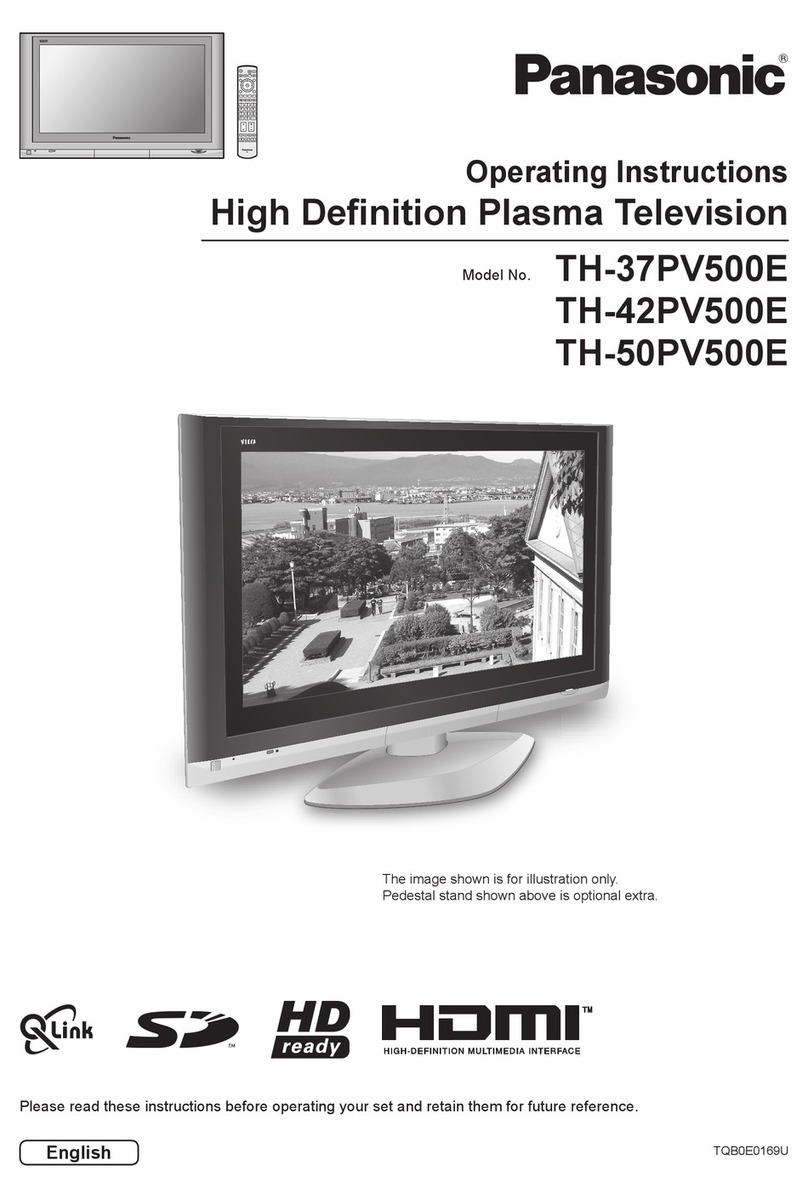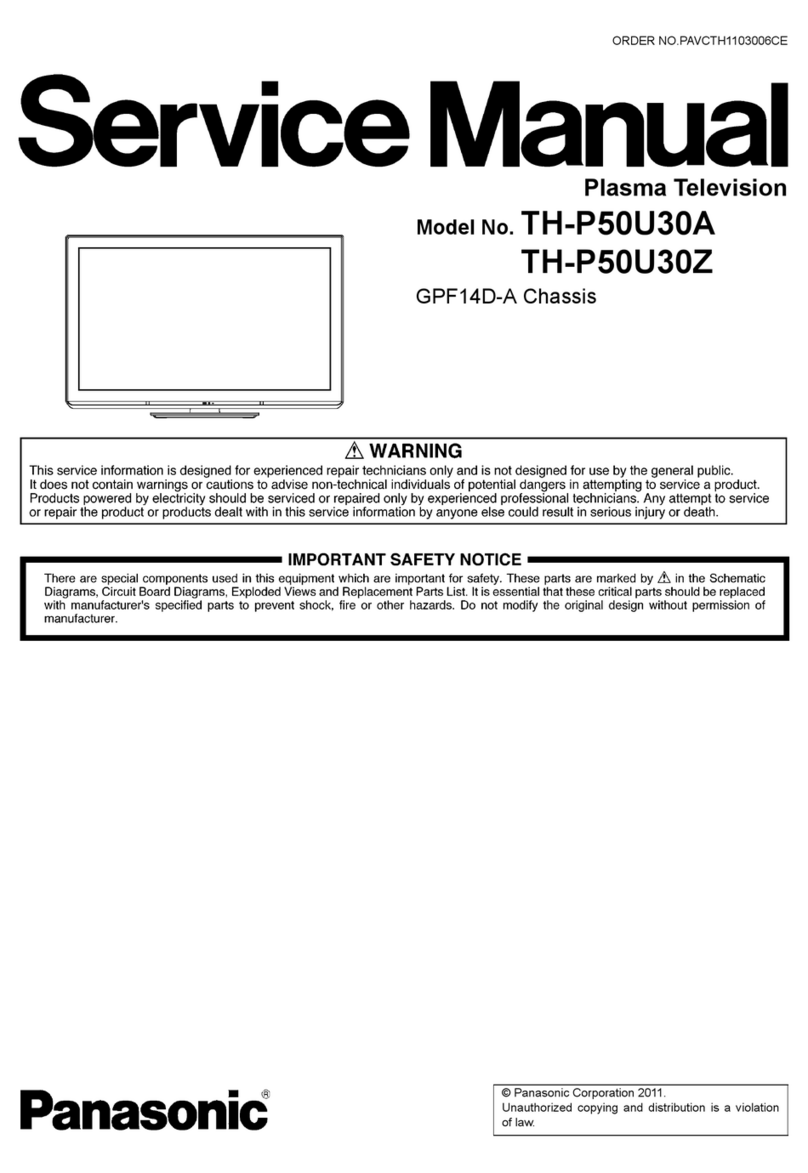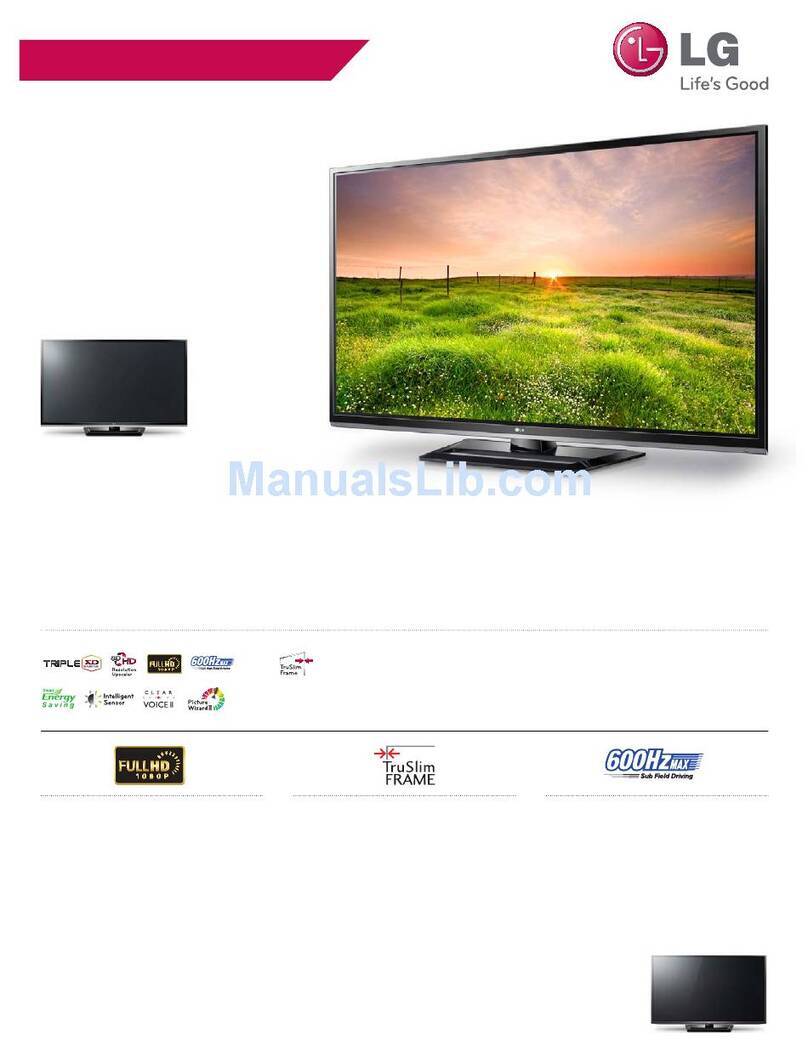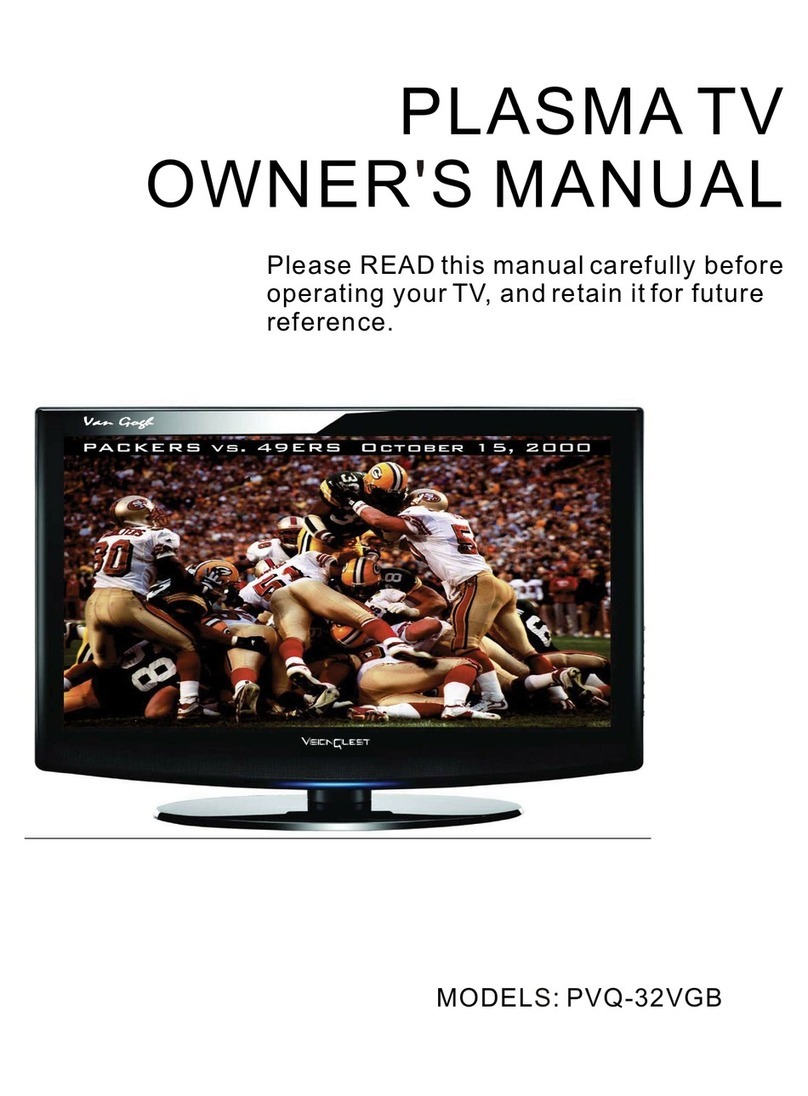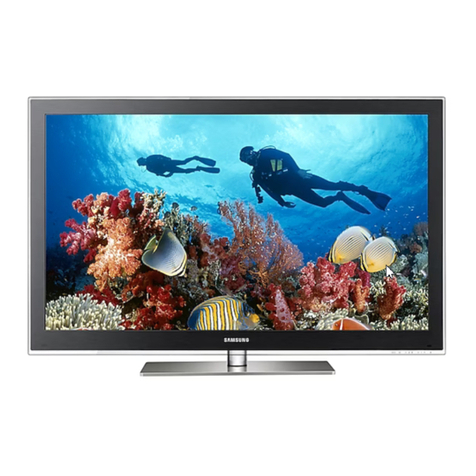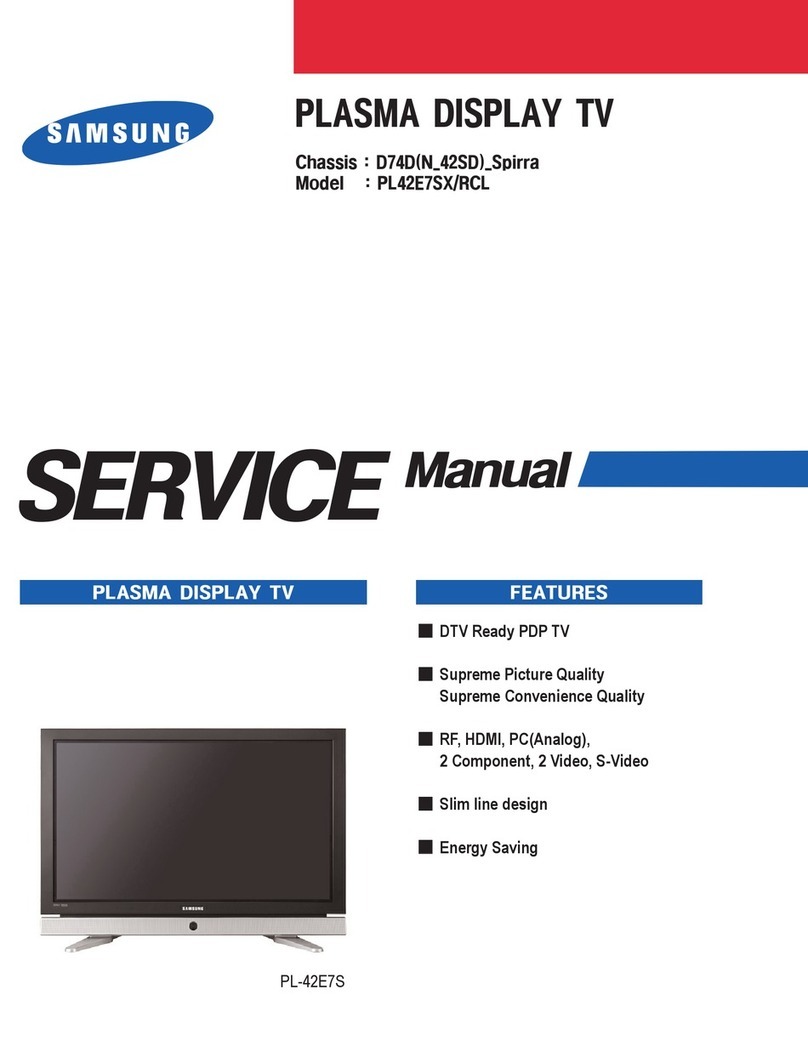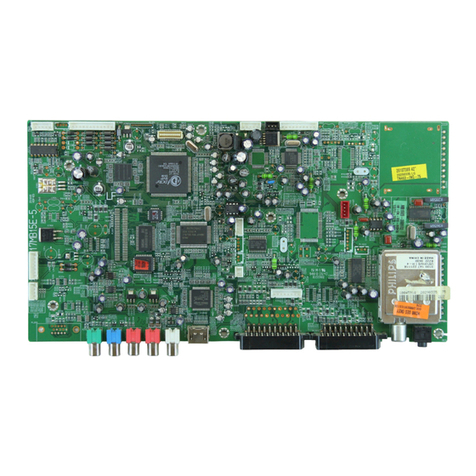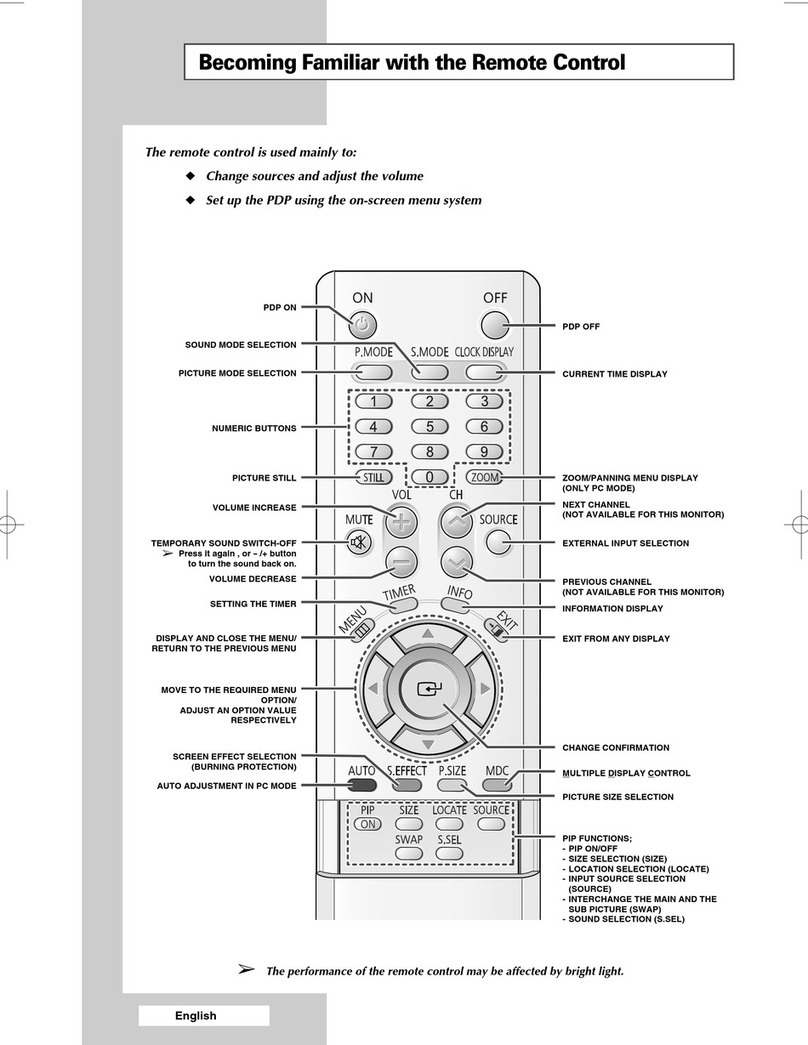Panasonic TH-42PV600AZ User manual
Other Panasonic Plasma TV manuals
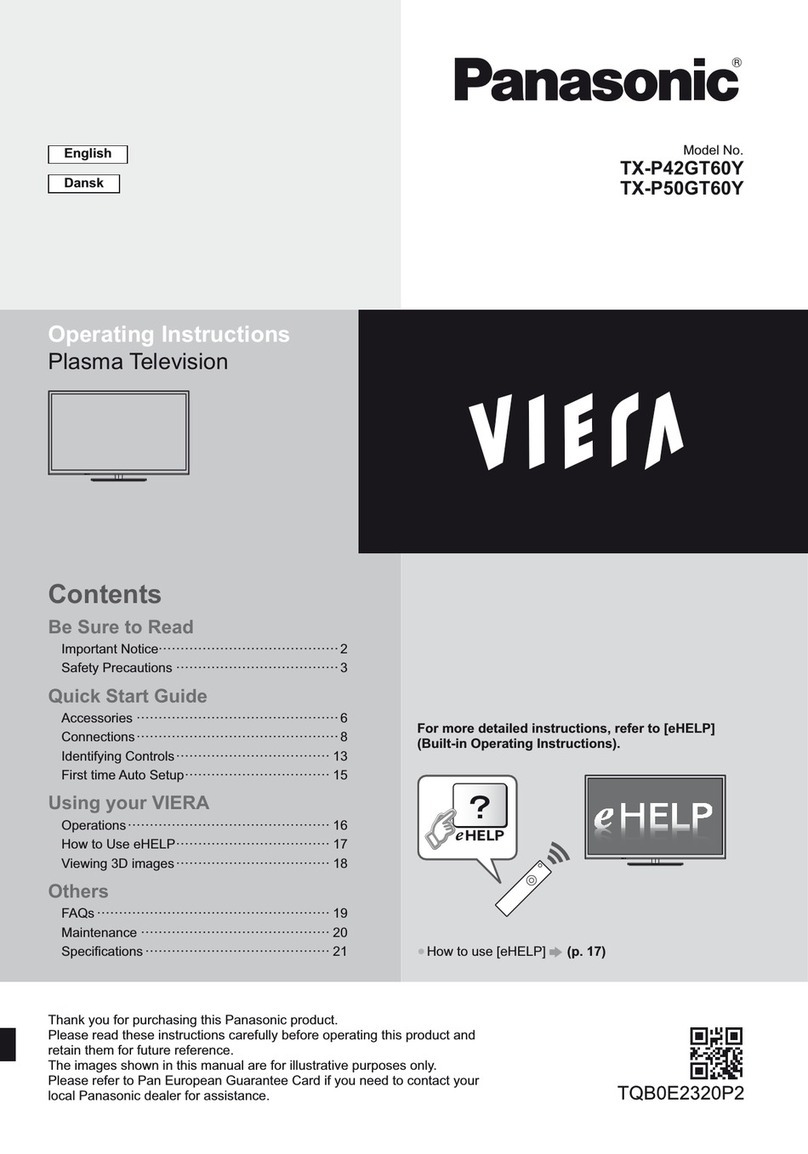
Panasonic
Panasonic TX-P50GT60Y User manual
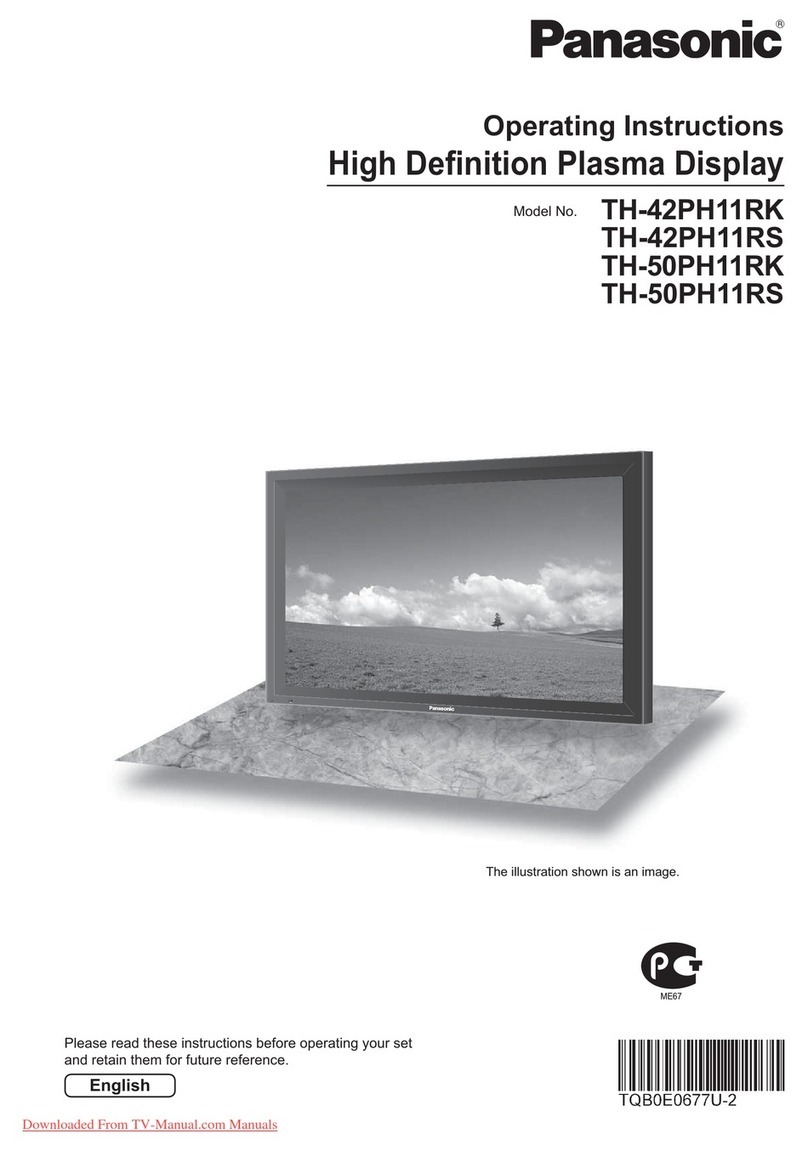
Panasonic
Panasonic TH-42PH11RK User manual
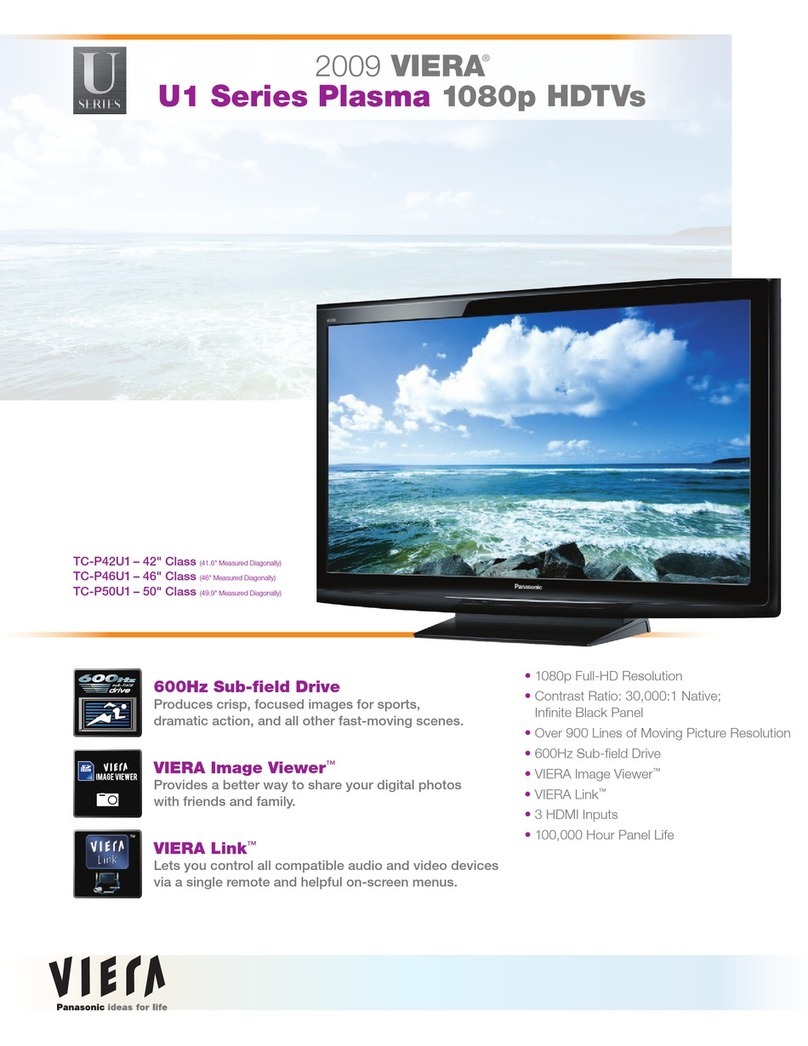
Panasonic
Panasonic TC-P42U1 - 42" Plasma TV User manual
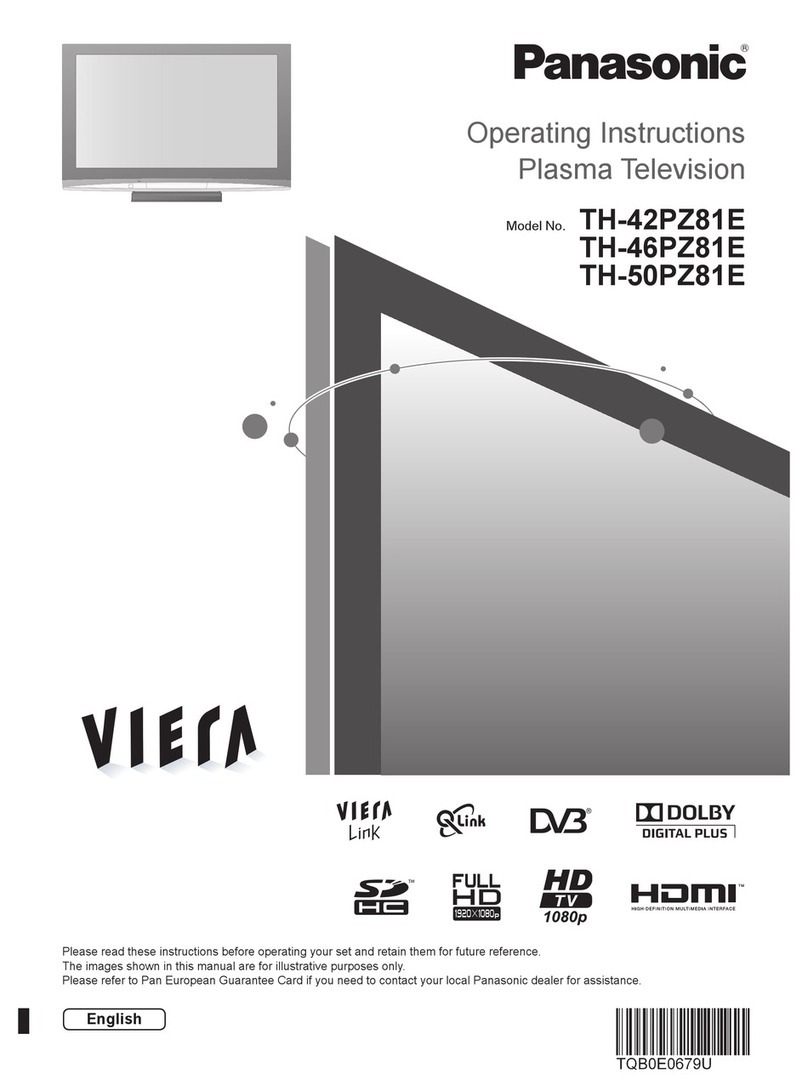
Panasonic
Panasonic Viera TH-42PZ81E User manual

Panasonic
Panasonic TH-P58V10M User manual

Panasonic
Panasonic TH-42PV60A User manual

Panasonic
Panasonic TXP65VT60E User manual
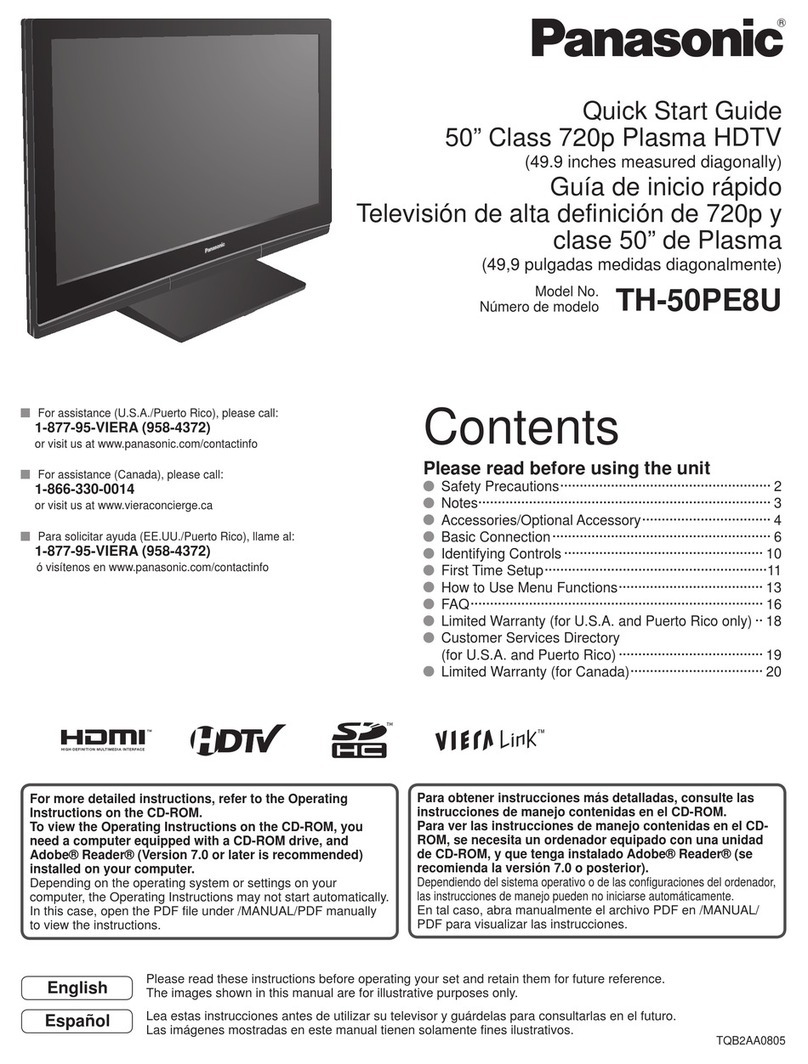
Panasonic
Panasonic Viera TH-50PE8U User manual
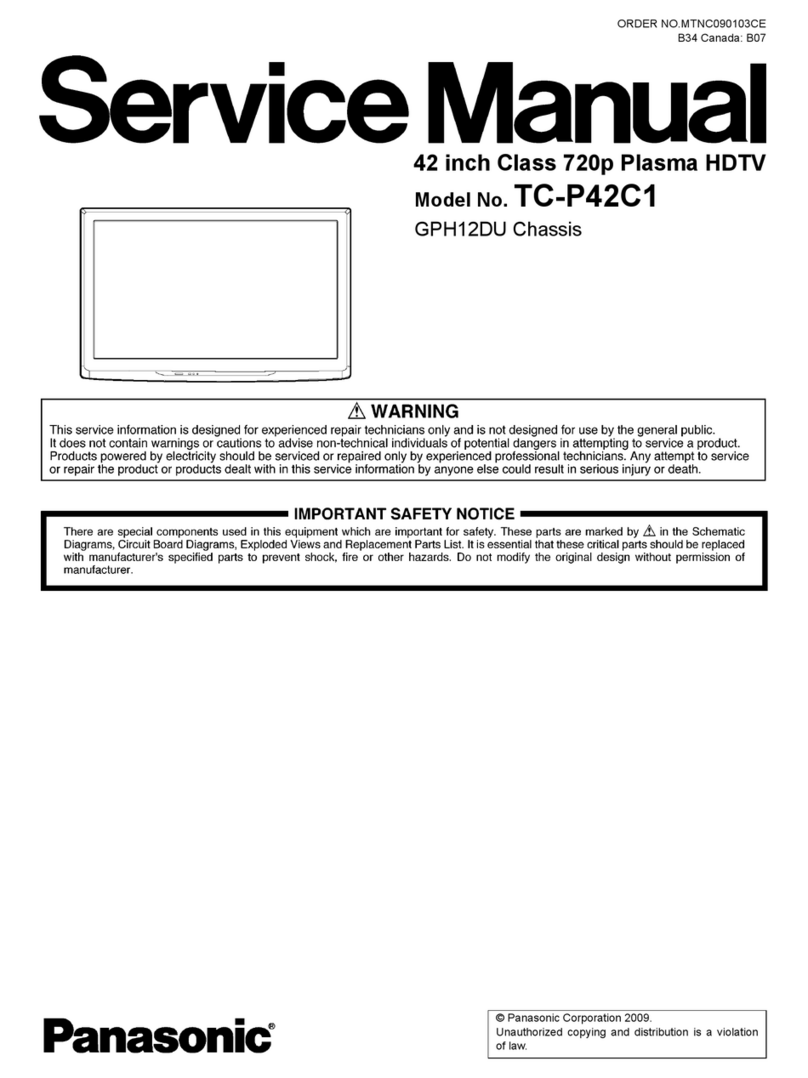
Panasonic
Panasonic TC-P42C1 - 41.6" Plasma TV User manual

Panasonic
Panasonic TH-42PR11UH User manual
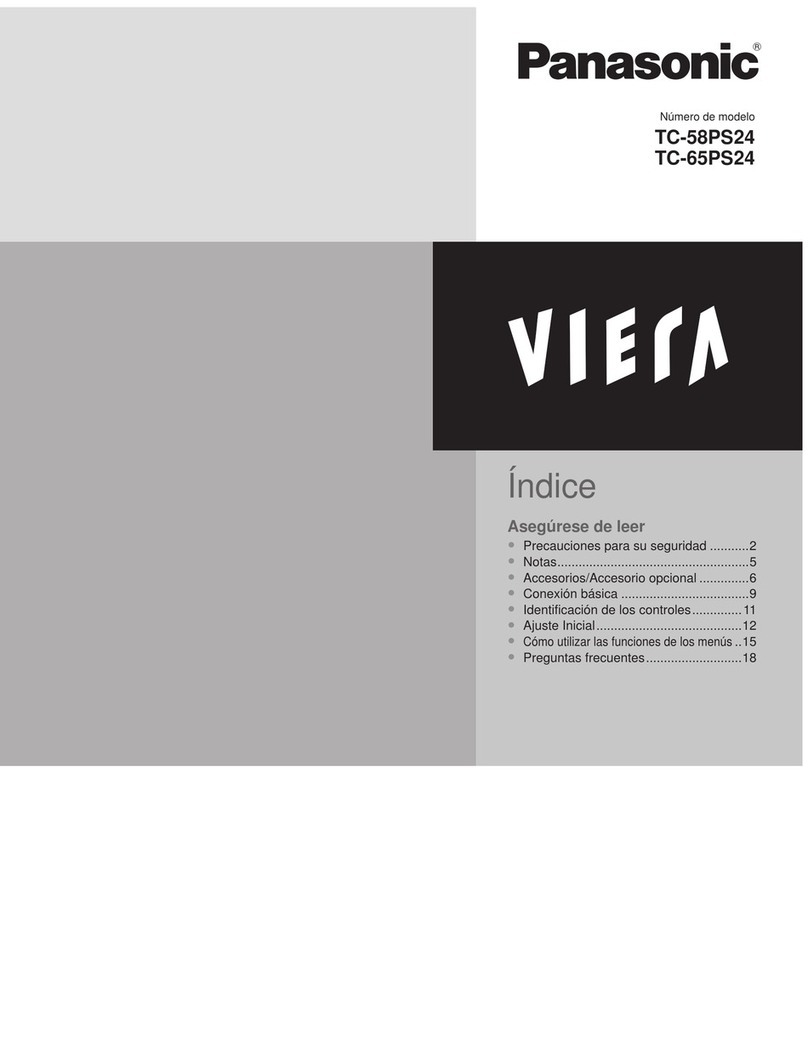
Panasonic
Panasonic Viera TC-58PS24 User manual
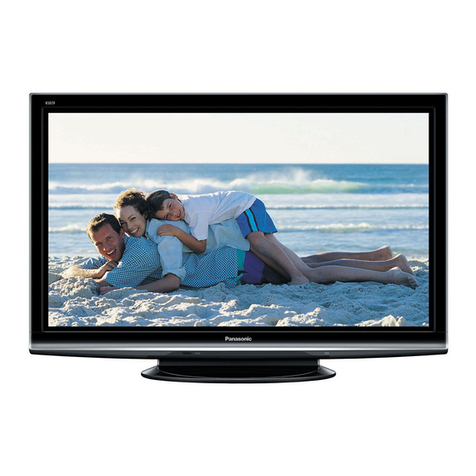
Panasonic
Panasonic Viera TC-P46G10 User manual
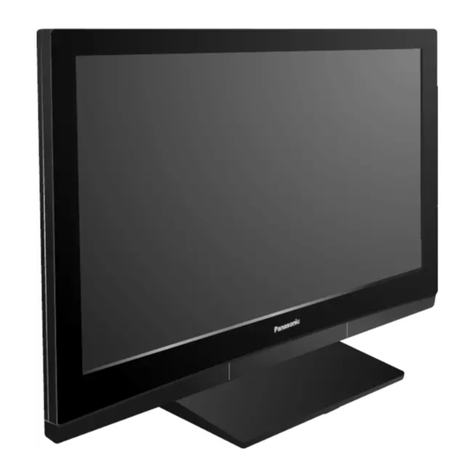
Panasonic
Panasonic TH-C42FD18 User manual

Panasonic
Panasonic TH-46PZ850U Setup guide

Panasonic
Panasonic Viera TH-42PV700AZ User manual

Panasonic
Panasonic Viera TX-P50VT20B User manual

Panasonic
Panasonic Viera TH-P54S20A User manual
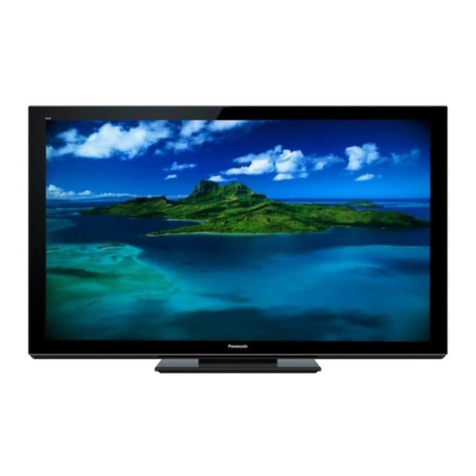
Panasonic
Panasonic Viera TH-P65VT30D User manual

Panasonic
Panasonic MBS0407S0 User manual

Panasonic
Panasonic TH-42PA60L User manual
